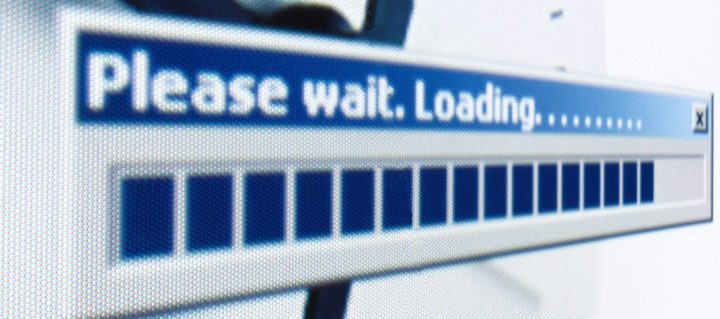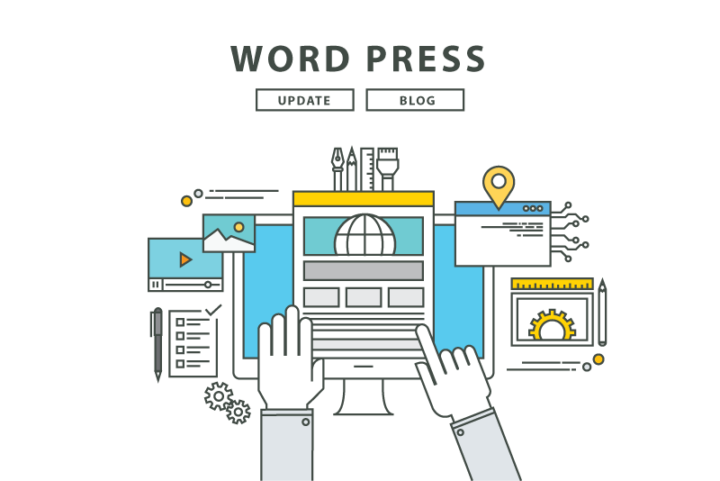Website Speed Up Tips That You Should Be Aware Of

So, you have slapped hundreds of images on the home page of the website and have added some heavy animation too to capture the attention of the audience at the very first glance. But you know what? These HD images and the long animation that you have developed painstakingly are not going to help your website to keep the readers engaged. In fact, these elements are acting against the success of your online venture as they are increasing the loading time and thus testing the patience of the visitors.
You will be surprised to know that most visitors expect a website to get loaded in just 3 seconds. Yes, you have heard it. Failure to make your website get loaded in that crucial 3 seconds can make your business suffer as the vast majority of the visitors will abandon your website.
So, now you have some idea why you need to make your website lightweight and super fast. Let’s get started!

1. Reduce Http Request
Please do not add fancy codes and script within the <head></head> tag as this will have a negative impact on the loading time of the website. Instead, you need to place inline javascript or any other script just before the end of the body tag. Try not to combine different images, stylesheets and scripts as much as possible because this will reduce the total number of HTTP request being made to the web server to get the website rendered seamlessly. An increase in the number of https request can drastically reduce the performance of the website. The website will take really long time to get loaded because of this. The bottom-line is that you need to try to make a leaner website and not a bloated one.
2. Compress
This might sound too technical to manage by a noob like you and me but believe me, this is not complicated at all. The idea is compressing all the elements by removing space, junk codes from the source code etc so that the web page in question can get loaded fast. By enabling compression, you will be able to reduce the number of https response which will have a positive impact on the loading time of the website. Gzip is a cool compressor that you need to try to smarten up the codes of your website.
3. Optimize Images
You should not add too many images on a website in the first place. Images are meant to improve the look and feel of the website, but you should not overuse it. Keep the number of images to a bare minimum and also try to use CSS instead whenever possible. For example, if you are planning to use some sort of gradients, you should try to use the CSS3 gradient for the same.
You should also never resize the images via CSS. Instead, use a photo editing tool and resize the images and compress them without making any kind of sacrifice on the quality front.

4. Plugin
Do not use too many plugins unless they are developed by you. Because most WordPress plugins are developed by third parties, some of them become obsolete and become the perfect hunting ground hackers. You need to hard code the website as far as possible. Also, if you are using too many plugins, they can slow down the website. So, you need to be choosy while adding plugins. Check the performance of your website each time you upload a plugin. This way, you will be able to get rid of the bad plugins.
5. Tools
Once you implement all the above recommendations, now it is time to test your website. The very first thing that you should do is to check the loading time of your website in Google Page Speed tool. If it flags your website slows, you might need to take a relook at your website. What is amazing is that this tool also comes up with suggestions as to what to do to improve the loading time of your website. You can check out YSlow as well. You can also check out some application performance monitoring tools to pump up the performance of your website.

